Spain and Portugal 2024, #4
The architectural wonders of Bilbao — recounted in my first post in this series — opened my eyes to the intention and artistry visible in the structures we saw along the way. Because we mostly stayed in the vibrant “old town” areas of the cities we visited, many of the old buildings were still in use. There were layers of history incorporated into the streets, walls, and shops everywhere you looked.
With this historical dimension front and center, an encounter with a building sparked a consideration of the changing ideas of function and beauty over time, as well as the roles these buildings have played over their history. One recurring example: because our travels intersected with the Camino de Santiago, we stood in front of many churches that had been stopping points along the pilgrimage route since the 9th Century, and are still landmarks for hundreds of thousands of pilgrims each year. This is a very different perspective from my previous 20th Century Californian assumptions; like Steve Martin giving the tour in “LA Story” saying “some of these buildings are more than 20 years old!”
These photos are arranged mostly in the order we encountered the structures, and I’ve attempted to present the old and new with an eye for how they are mingled in the living city. I’ve included some commentary in the captions; there’s more of that in Nancy’s posts on each part of this trip.
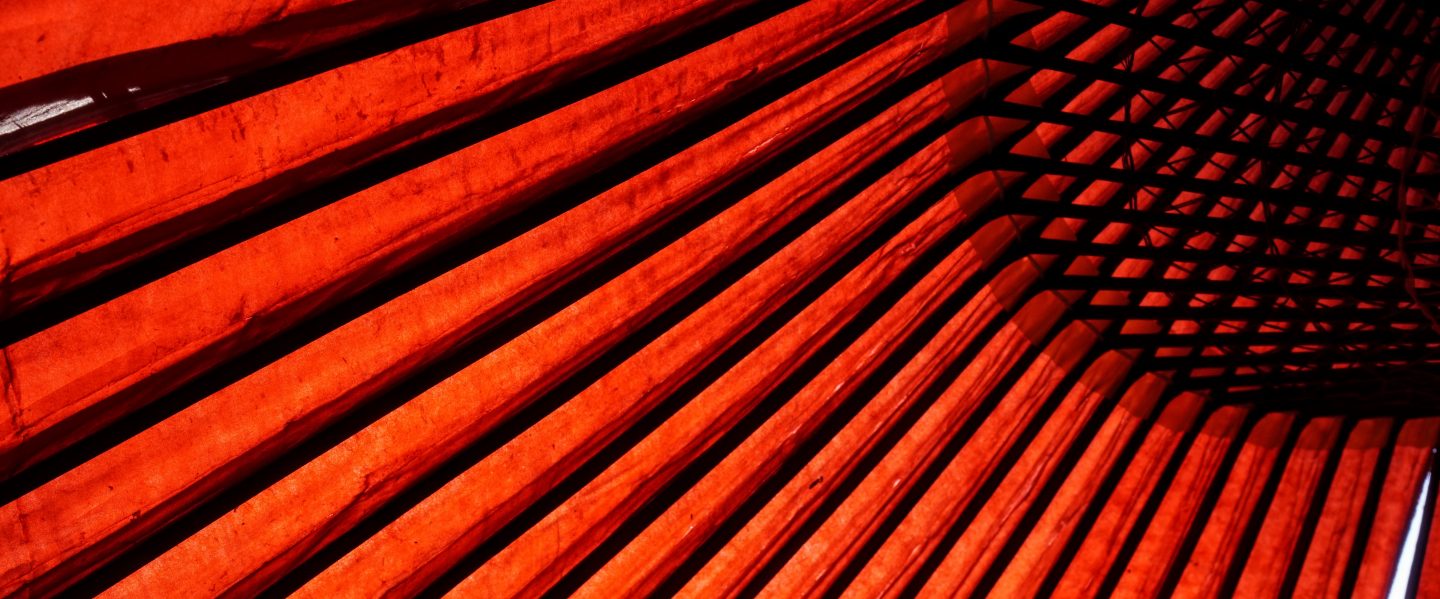

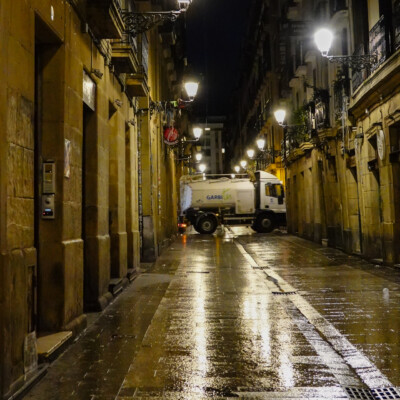
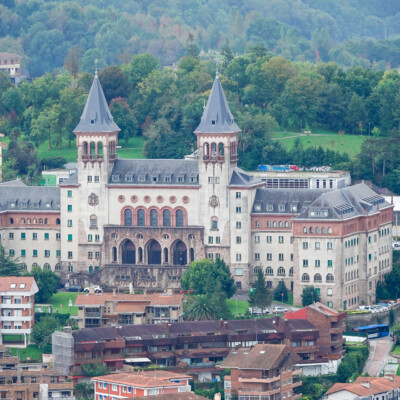
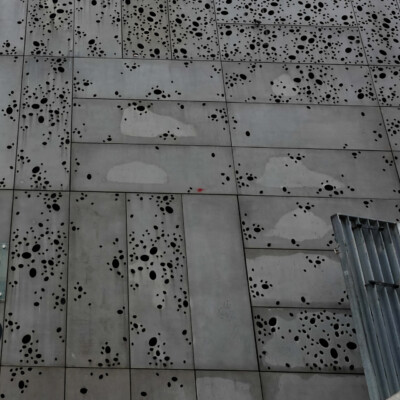
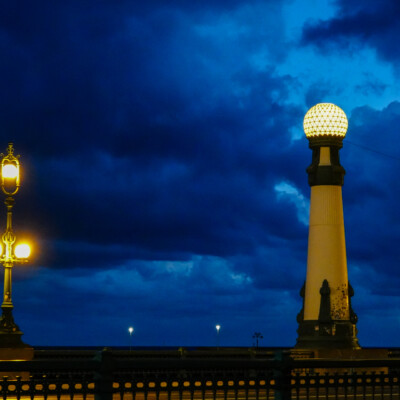
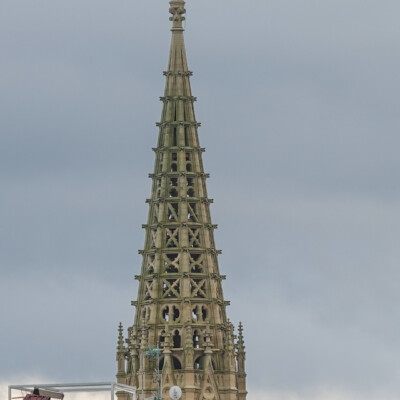
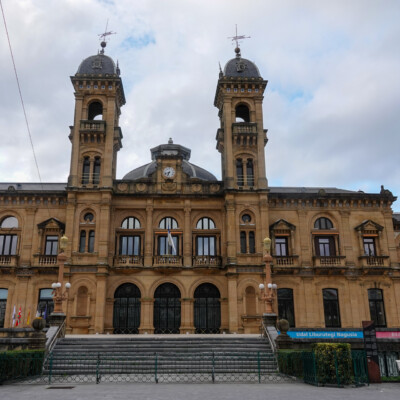
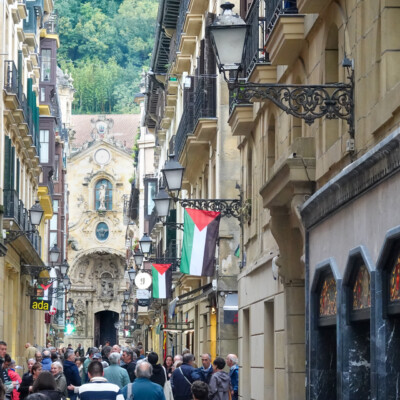
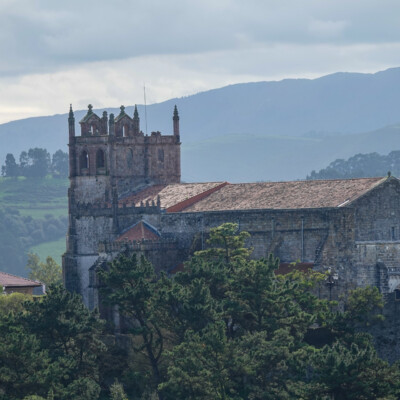
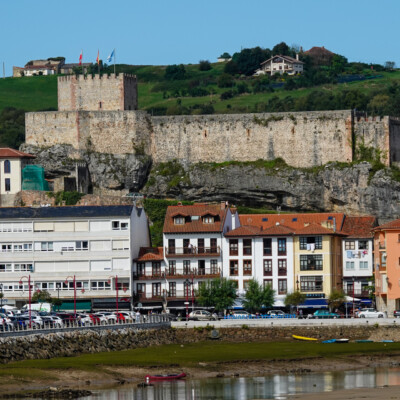
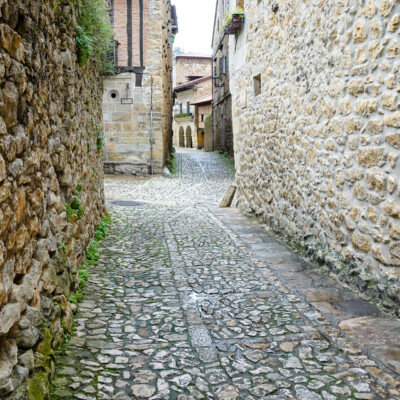
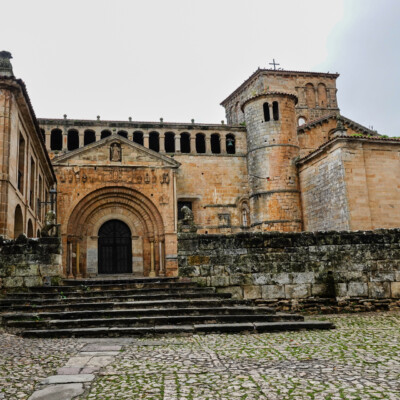
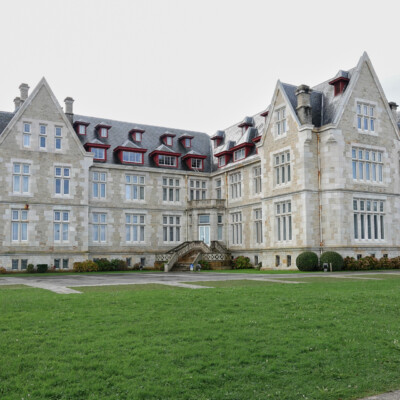
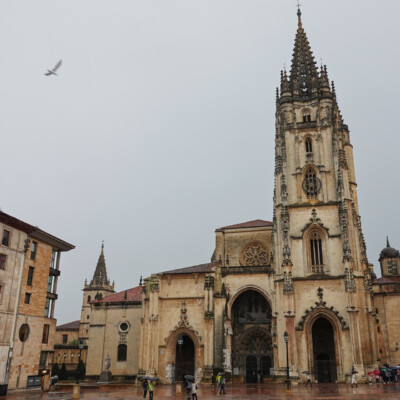
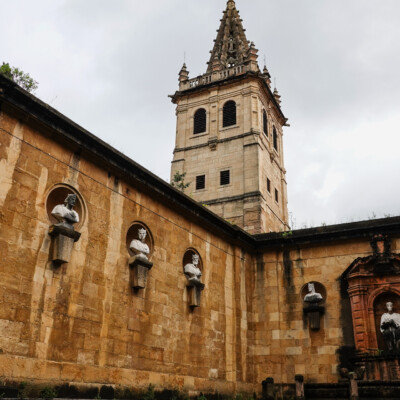
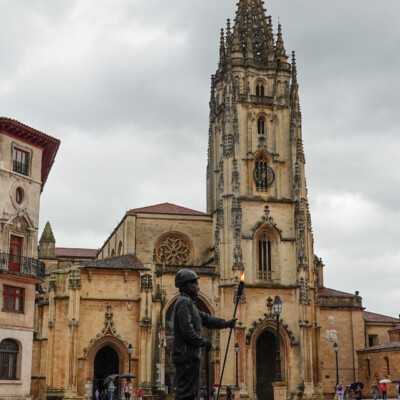
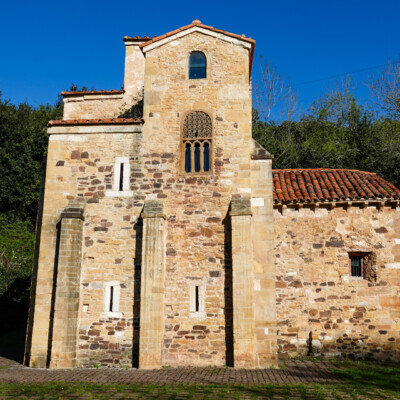
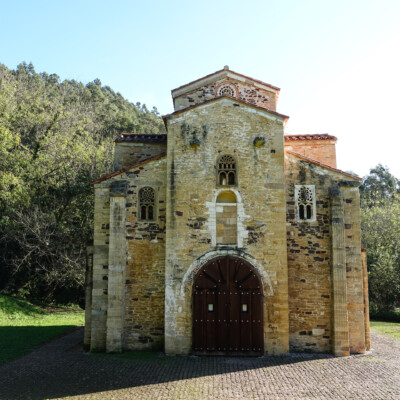
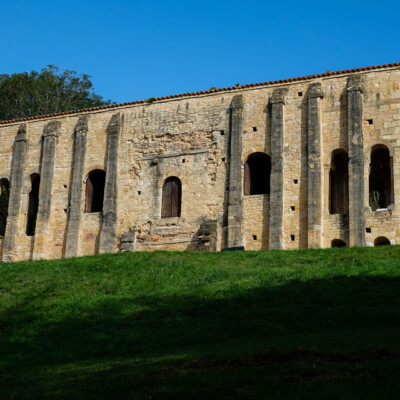
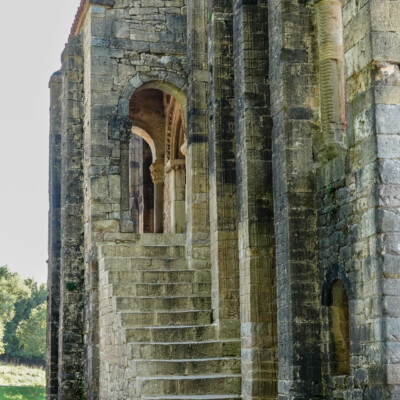
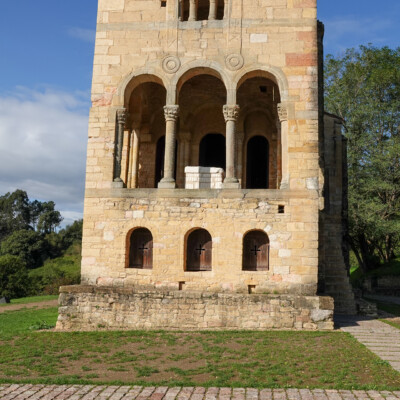
Leave a Reply